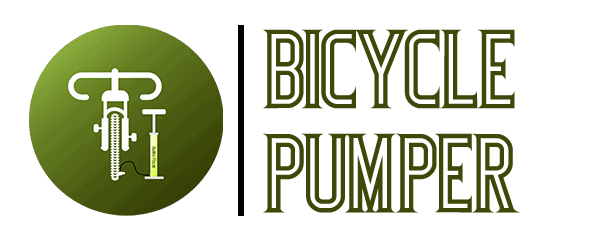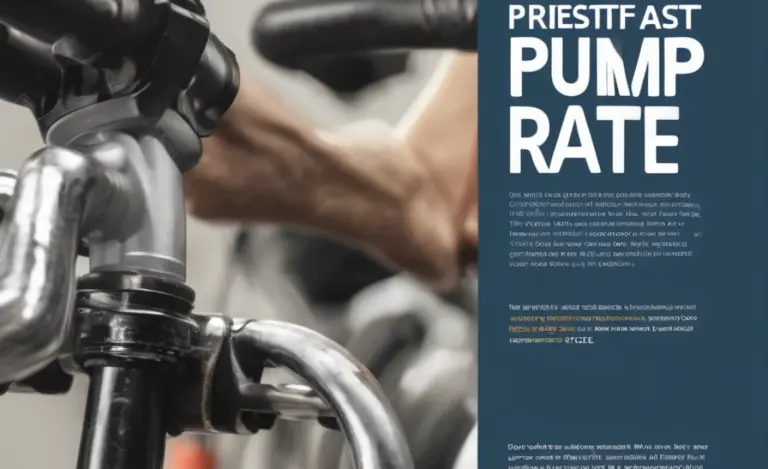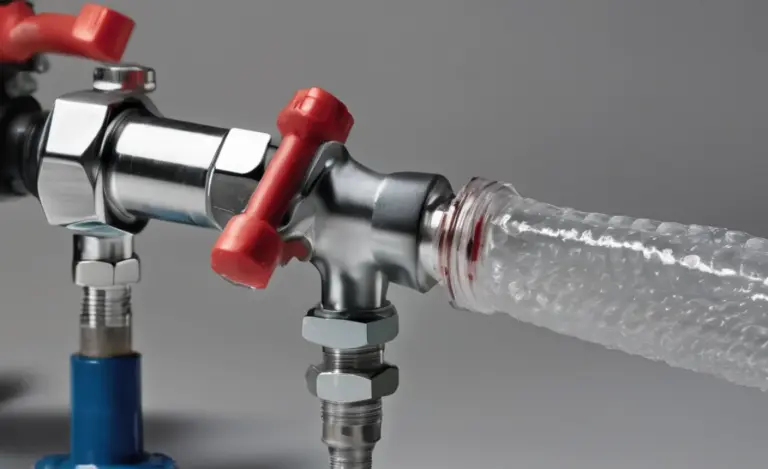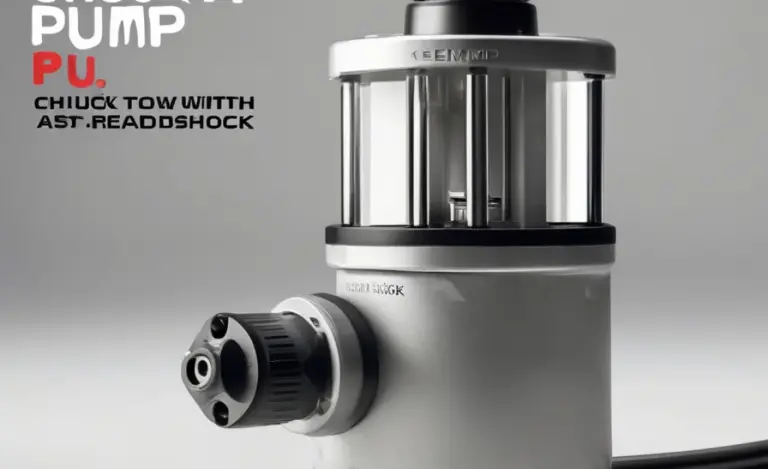Do Heat Pumps Cycle On and Off? Understanding Heat Pump Operation
Quick Summary: Yes, heat pumps do cycle on and off, but the frequency depends on the outside temperature and the type of heat pump. In mild weather, they may cycle less frequently, while in colder temperatures, they might run more continuously to maintain the set temperature. Understanding this cycling behavior is key to efficient operation and troubleshooting potential issues.
Ever wondered if your heat pump is working correctly because it seems to be turning on and off all the time? It’s a common question, and understanding the answer can save you from unnecessary worry. Heat pumps are designed to maintain a consistent temperature, but how they do that can vary. The key to efficient heating and cooling lies in knowing what’s normal and what might indicate a problem. Let’s dive into the details, so you can keep your home comfortable and your energy bills in check.
In this article, we’ll cover why heat pumps cycle on and off, what factors influence this behavior, and how to optimize your system for the best performance. We’ll explore different types of heat pumps, common issues that can cause excessive cycling, and provide practical tips to ensure your heat pump runs smoothly. Let’s get started!
Understanding Heat Pump Basics
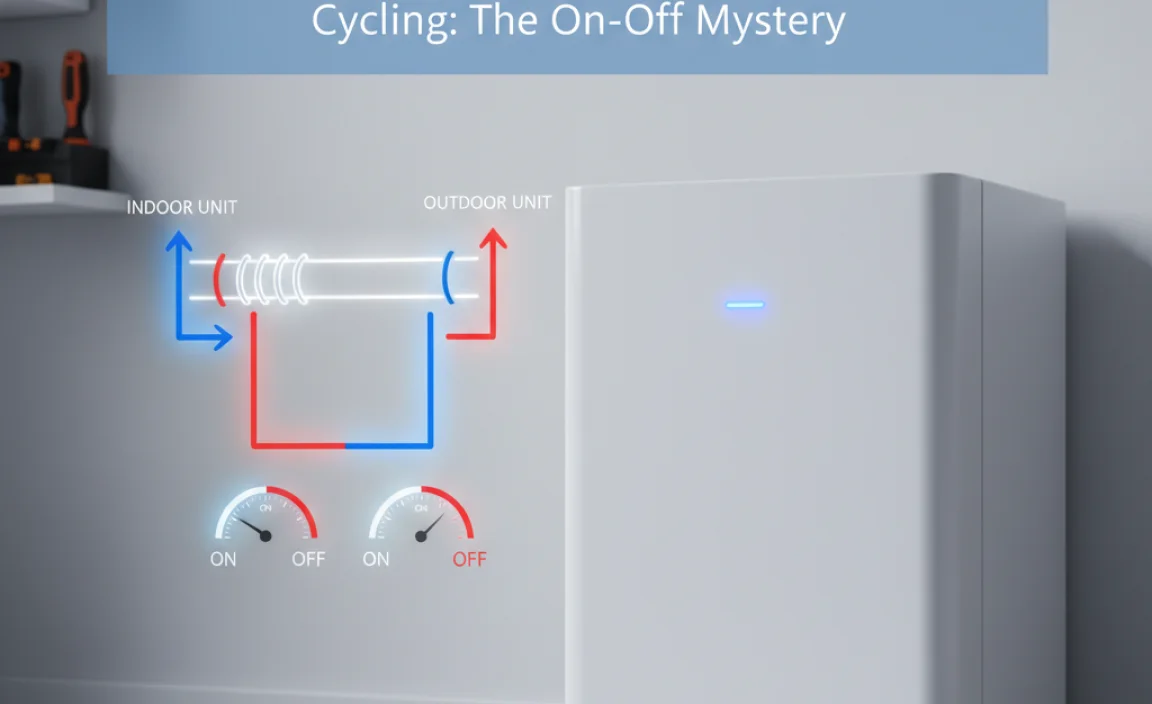
Before we get into the cycling behavior, let’s cover the basics of how a heat pump works. A heat pump is a heating and cooling system that moves heat from one place to another. In the winter, it extracts heat from the outside air and transfers it inside. In the summer, it reverses the process, removing heat from your home and releasing it outside. This makes it an efficient alternative to traditional furnaces and air conditioners.
How Heat Pumps Work
Heat pumps use a refrigerant that circulates between an indoor and outdoor unit. The refrigerant absorbs and releases heat as it changes between liquid and gas states. Here’s a simplified breakdown:
- Heating Mode: The outdoor unit absorbs heat from the outside air (even in cold temperatures). The refrigerant carries this heat to the indoor unit.
- Cooling Mode: The indoor unit absorbs heat from your home. The refrigerant carries this heat to the outdoor unit, where it’s released.
- Refrigerant Cycle: A compressor circulates the refrigerant, and a reversing valve switches the direction of the refrigerant flow depending on whether you’re heating or cooling.
Types of Heat Pumps
There are primarily two types of heat pumps:
- Air-Source Heat Pumps: These are the most common type. They transfer heat between your home and the outside air.
- Geothermal Heat Pumps: These transfer heat between your home and the ground. Because the ground temperature is more stable than the air temperature, geothermal heat pumps are generally more efficient but have a higher installation cost.
Each type has its own set of advantages and is suitable for different climates and applications.
Why Heat Pumps Cycle On and Off
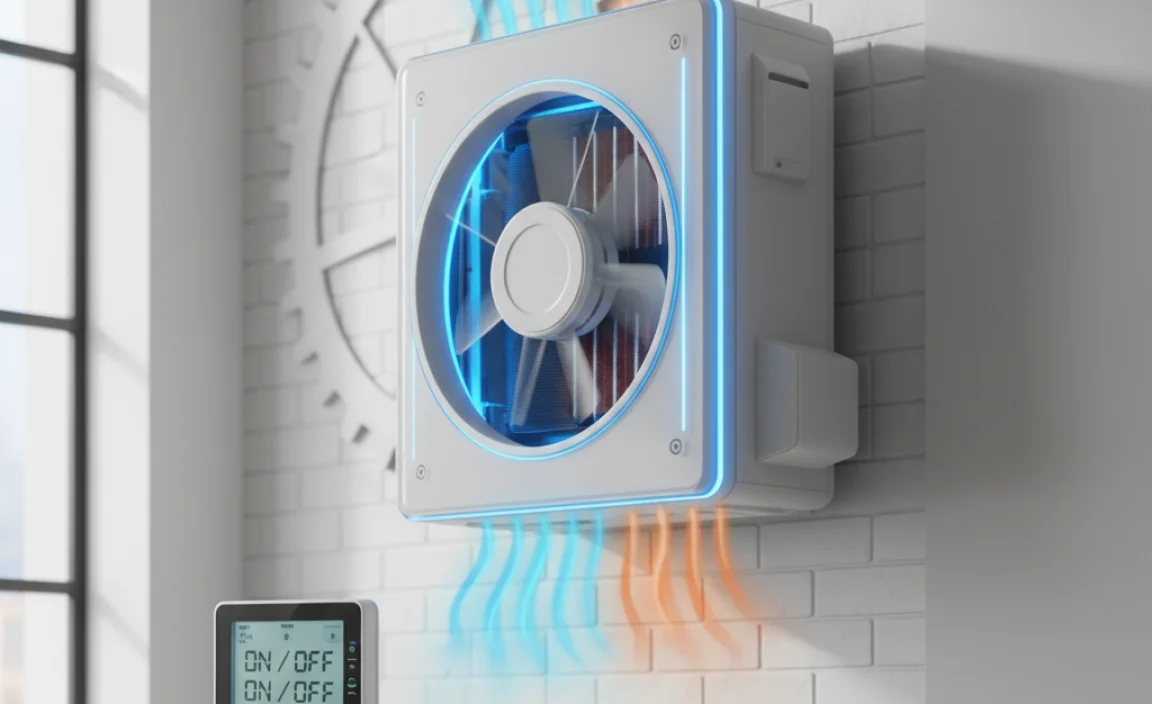
Now, let’s address the main question: Why do heat pumps cycle on and off? The cycling behavior is a normal part of their operation, but the frequency can vary depending on several factors.
Normal Cycling Behavior
In mild weather, a heat pump should cycle on and off to maintain the set temperature. This is because it’s more efficient to run at a lower capacity for longer periods than to turn on and off frequently at full capacity. Think of it like a car maintaining a steady speed on a highway rather than constantly accelerating and braking in city traffic.
Here’s what normal cycling looks like:
- Consistent Temperature: The heat pump maintains a steady indoor temperature without significant fluctuations.
- Moderate Run Times: The unit runs for reasonable periods, not just short bursts.
- Quiet Operation: The system operates without unusual noises or vibrations.
Factors Influencing Cycling Frequency
Several factors can affect how often your heat pump cycles:
- Outside Temperature: In colder temperatures, the heat pump needs to work harder to extract heat from the outside air, leading to longer run times and less frequent cycling.
- Thermostat Settings: Setting the thermostat to a higher or lower temperature will cause the heat pump to run longer or more frequently.
- Insulation: Poor insulation can cause heat to escape, forcing the heat pump to work harder and cycle more often.
- Size of the Unit: An oversized heat pump might cycle on and off more frequently because it heats or cools the space too quickly.
- Airflow: Blocked vents or dirty filters can restrict airflow, causing the heat pump to overheat and cycle off prematurely.
Common Issues Causing Excessive Cycling
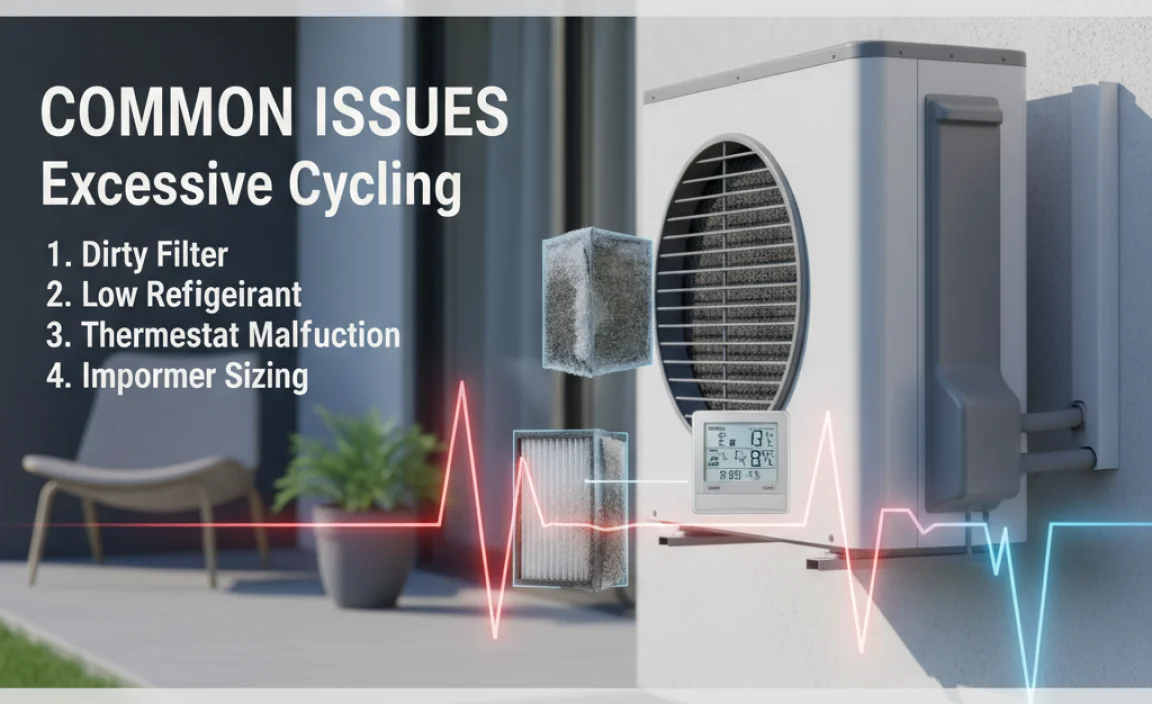
While some cycling is normal, excessive or short cycling can indicate a problem. Here are some common issues to watch out for:
Dirty Air Filters
A dirty air filter restricts airflow, causing the heat pump to overheat. This triggers a safety mechanism that shuts off the unit prematurely. Regularly replacing your air filters is one of the simplest ways to prevent this issue.
Refrigerant Leaks
Low refrigerant levels reduce the heat pump’s ability to transfer heat efficiently. This can lead to longer run times and frequent cycling as the system struggles to reach the set temperature.
Oversized Heat Pump
An oversized heat pump can cool or heat a room too quickly, causing it to cycle on and off frequently. This is not only inefficient but can also wear out the components faster.
Faulty Thermostat
A malfunctioning thermostat can send incorrect signals to the heat pump, causing it to cycle erratically. This can be due to wiring issues, calibration problems, or a faulty sensor.
Frozen Outdoor Unit
In cold weather, the outdoor unit can accumulate frost. While a defrost cycle is normal, excessive frost buildup can indicate a problem, such as a malfunctioning defrost system or poor airflow. This can cause the heat pump to work harder and cycle more frequently.
Ductwork Issues
Leaky or poorly insulated ductwork can cause significant heat loss or gain, forcing the heat pump to work harder and cycle more often. Sealing and insulating your ductwork can improve efficiency and reduce cycling.
Troubleshooting Cycling Issues
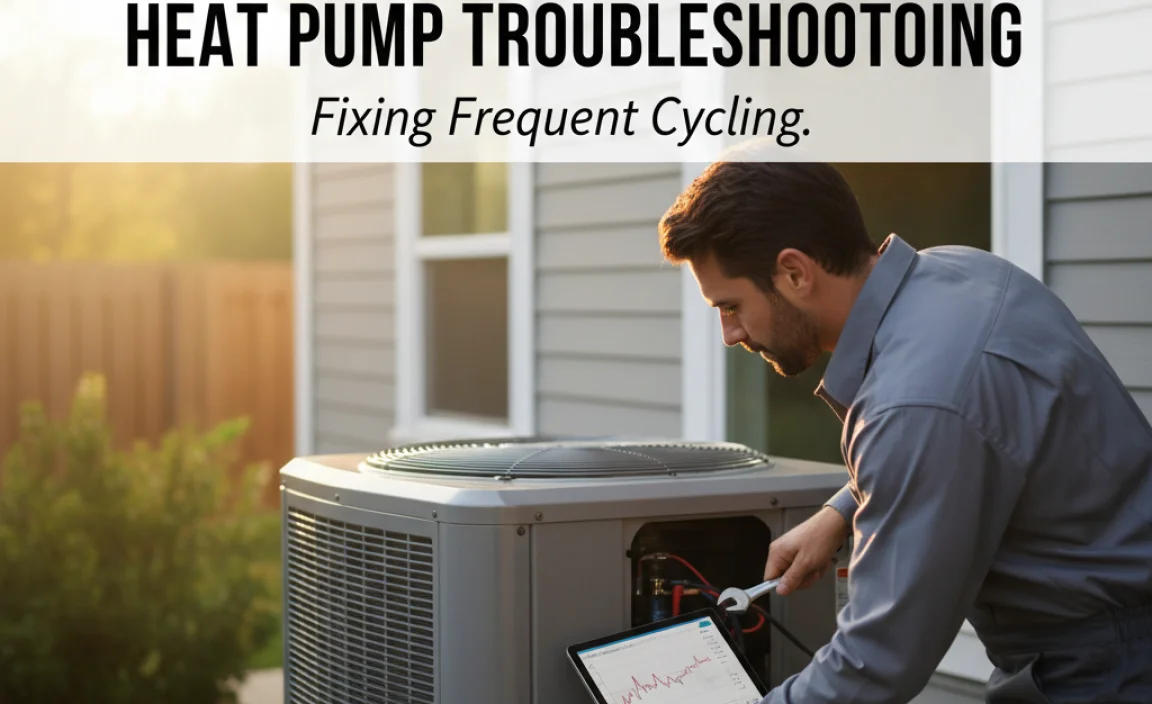
If you suspect your heat pump is cycling excessively, here are some troubleshooting steps you can take:
- Check the Air Filter: Replace dirty air filters with clean ones. This is the easiest and most common fix.
- Inspect the Outdoor Unit: Ensure the outdoor unit is free of debris and ice. Clear away any obstructions that could block airflow.
- Verify Thermostat Settings: Make sure your thermostat is set correctly and that the batteries are fresh if it’s a digital model.
- Check for Leaks: Listen for hissing sounds that could indicate a refrigerant leak. If you suspect a leak, call a professional HVAC technician.
- Monitor Performance: Keep track of how often your heat pump cycles and whether the indoor temperature is consistent. Note any unusual noises or behaviors.
Optimizing Heat Pump Performance

To ensure your heat pump operates efficiently and reduces unnecessary cycling, consider these optimization tips:
Regular Maintenance
Regular maintenance is crucial for keeping your heat pump in good condition. Schedule annual check-ups with a qualified HVAC technician to inspect and clean the system. This includes checking refrigerant levels, cleaning coils, and inspecting electrical components.
Proper Insulation
Good insulation helps maintain a consistent indoor temperature, reducing the workload on your heat pump. Insulate your walls, attic, and floors to minimize heat loss or gain.
Seal Ductwork
Leaky ductwork can waste a significant amount of energy. Seal any leaks with duct tape or mastic sealant to improve efficiency and reduce cycling.
Smart Thermostat
A smart thermostat can learn your heating and cooling preferences and adjust the temperature automatically. This can help optimize energy usage and reduce unnecessary cycling.
Proper Sizing
Ensure your heat pump is properly sized for your home. An oversized unit will cycle too frequently, while an undersized unit will struggle to maintain the set temperature. Consult with an HVAC professional to determine the right size for your needs.
Heat Pump Efficiency and Cycling
The efficiency of a heat pump is closely related to its cycling behavior. An efficient heat pump cycles less frequently and maintains a more consistent temperature, resulting in lower energy bills and improved comfort.
SEER and HSPF Ratings
When shopping for a heat pump, pay attention to the Seasonal Energy Efficiency Ratio (SEER) for cooling and the Heating Seasonal Performance Factor (HSPF) for heating. These ratings indicate the efficiency of the unit. Higher ratings mean better efficiency.
Here’s a simple table to understand SEER and HSPF ratings:
| Rating Type | Description | What it Measures | Good Rating |
|---|---|---|---|
| SEER | Seasonal Energy Efficiency Ratio | Cooling Efficiency | 15 or higher |
| HSPF | Heating Seasonal Performance Factor | Heating Efficiency | 8 or higher |
Variable-Speed Heat Pumps
Variable-speed heat pumps are designed to operate at different speeds depending on the heating or cooling demand. This allows them to run more efficiently and maintain a more consistent temperature compared to single-speed models. They also tend to cycle less frequently, leading to improved comfort and energy savings.
Comparing Cycling Behavior
Let’s compare the cycling behavior of different types of heat pumps:
- Single-Speed Heat Pumps: Cycle on and off at full capacity, resulting in temperature fluctuations and less efficiency.
- Variable-Speed Heat Pumps: Adjust their speed to match the heating or cooling demand, resulting in more consistent temperatures and better efficiency.
- Geothermal Heat Pumps: Cycle less frequently due to the stable ground temperature, offering consistent performance and high efficiency.
Heat Pump Cycling in Different Climates
The climate in which you live can significantly impact how your heat pump cycles. Here’s how cycling behavior varies in different climates:
Cold Climates
In cold climates, heat pumps may run more continuously to maintain the set temperature. This is because they need to work harder to extract heat from the cold air. Supplemental heating, such as electric resistance heat, may also kick in during extremely cold periods, further reducing cycling.
Mild Climates
In mild climates, heat pumps cycle more frequently as they don’t need to work as hard to maintain the set temperature. The cycling is less intense, and the unit operates more efficiently.
Hot and Humid Climates
In hot and humid climates, heat pumps cycle to remove both heat and moisture from the air. The cycling frequency may be higher to keep the indoor environment comfortable. Proper dehumidification is essential in these climates to prevent mold and mildew growth.
DIY vs. Professional Help
Some troubleshooting and maintenance tasks can be done yourself, while others require professional help. Here’s a breakdown:
DIY Tasks
- Changing Air Filters: This is a simple task that you should do regularly.
- Cleaning Outdoor Unit: Remove debris and ensure proper airflow around the outdoor unit.
- Checking Thermostat Settings: Verify that your thermostat is set correctly and that the batteries are fresh.
When to Call a Professional
- Refrigerant Leaks: Only a licensed HVAC technician can handle refrigerant leaks.
- Electrical Issues: If you suspect electrical problems, call a professional to avoid the risk of electric shock.
- Complex Repairs: Any complex repairs or maintenance tasks should be left to a qualified technician.
Extending the Life of Your Heat Pump
Proper care and maintenance can extend the life of your heat pump and ensure it operates efficiently for years to come. Here are some tips:
- Regular Inspections: Schedule annual check-ups with a qualified HVAC technician.
- Prompt Repairs: Address any issues promptly to prevent further damage.
- Proper Usage: Avoid setting the thermostat to extreme temperatures, as this can strain the system.
- Clean Coils: Keep the indoor and outdoor coils clean to ensure efficient heat transfer.
- Maintain Landscaping: Keep plants and shrubs trimmed away from the outdoor unit to ensure proper airflow.
FAQs
Here are some frequently asked questions about heat pump cycling:
- Is it normal for my heat pump to turn on and off frequently?
- Yes, some cycling is normal, especially in mild weather. However, excessive or short cycling can indicate a problem.
- How often should I change my air filter?
- It’s generally recommended to change your air filter every 1-3 months, depending on usage and air quality.
- What does it mean if my heat pump is running constantly?
- Continuous running can indicate that the heat pump is struggling to maintain the set temperature. This could be due to cold weather, poor insulation, or a malfunctioning component.
- Can a dirty air filter cause my heat pump to cycle excessively?
- Yes, a dirty air filter restricts airflow, causing the heat pump to overheat and cycle off prematurely.
- How do I know if my heat pump is oversized?
- An oversized heat pump will cool or heat a room too quickly and cycle on and off frequently. It may also cause temperature fluctuations and humidity issues.
- What is the best thermostat setting for energy efficiency?
- Setting the thermostat to a consistent temperature and avoiding large temperature swings can improve energy efficiency. Programmable or smart thermostats can help automate this process.
- How can I find a qualified HVAC technician?
- Look for technicians who are licensed, insured, and certified. Check online reviews and ask for recommendations from friends and family.
Conclusion
Understanding why heat pumps cycle on and off is crucial for maintaining an efficient and comfortable home. While some cycling is normal, excessive cycling can indicate underlying issues that need to be addressed. By regularly maintaining your system, troubleshooting common problems, and optimizing performance, you can extend the life of your heat pump and save on energy costs. Whether you tackle DIY tasks or seek professional help, being informed about your heat pump’s operation will ensure it serves you well for years to come.
“`
